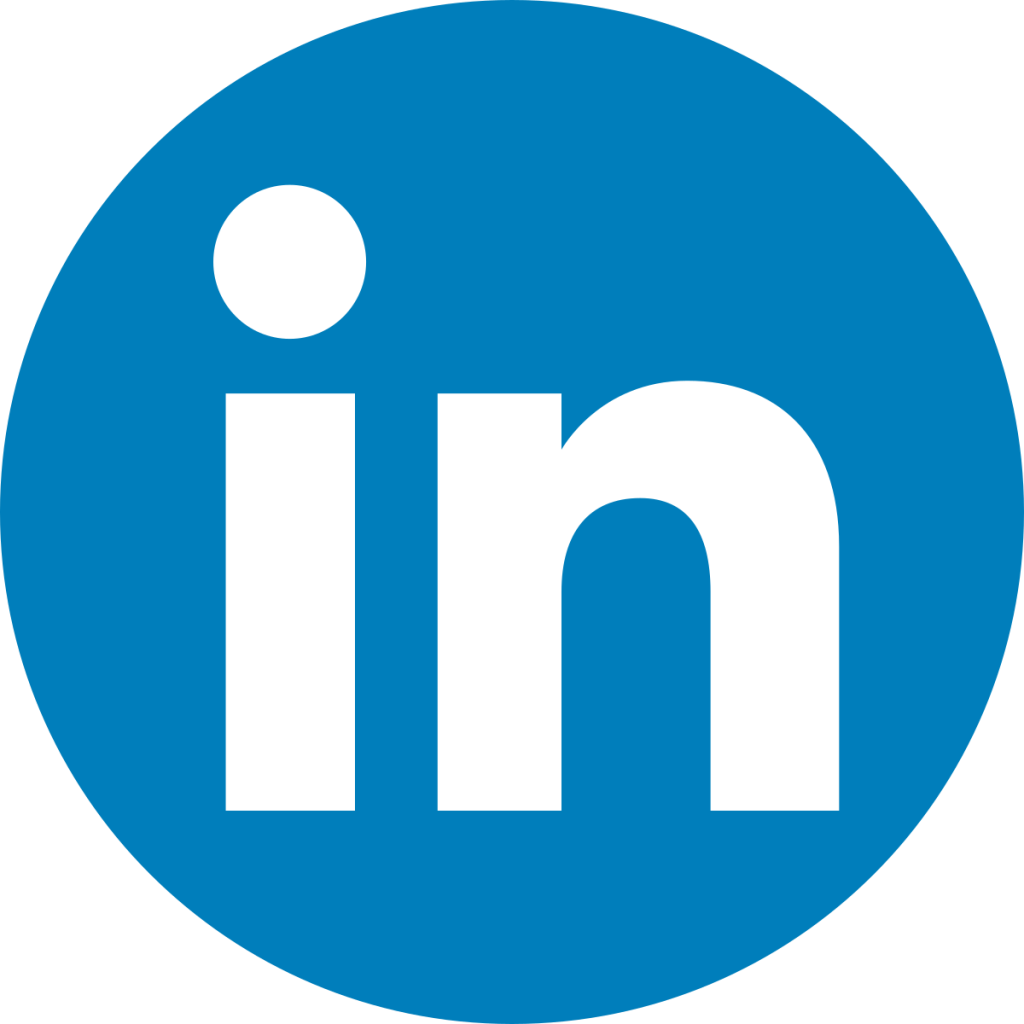We’ve all heard of Open Enrollment, but many employers and human resource professionals are still unfamiliar with the details of this key component of the Affordable Care Act (ACA).
Open Enrollment (also known as Annual Enrollment or Open Season) is an annual period lasting from November 1 through January 31 of the following year. During this time, people can enroll in a new insurance plan or update their existing coverage through the federal and state health insurance exchanges established by the Patient Protection and Affordable Care Act (“Obamacare”).
For those eligible, this is also the period during which they can opt to continue their Medicare coverage or change their plans within Medicare Advantage and Medicare Part D. However, eligible Medicare recipients have a narrower window of time in which to enroll lasting only from October 15 to December 7.
Outside of this period, individuals can only enroll in a new insurance plan or update their existing coverage under the Affordable Care Act during a Special Enrollment Period. Only people who qualify based on certain life events, such as getting married or having a child, can make changes to their coverage during Special Enrollment Periods.
Open Enrollment Dates and Deadlines
Some of the more important dates on the ACA Open Enrollment calendar include:
- November 1, 2016: Open Enrollment begins, allowing employees to enroll in, re-enroll in, or update their plans through the Health Insurance Marketplace. The earliest that coverage can begin is January 1, 2017.
- December 15, 2016: This is the deadline for employees to enroll in or alter a plan with coverage set to begin on January 1, 2017. Healthcare.gov has granted a 48-hour extension to this deadline, but if your employee misses the December 15 deadline and the 48-hour extension that extends through December 17, their coverage cannot begin until February 1.
- January 1, 2017: Coverage begins for all those who enrolled by December 15, 2016.
- January 15, 2017: The last day to enroll in or change a health plan for coverage beginning February 1. If your employee misses this deadline, their coverage cannot begin until March 1.
- January 31, 2017: The final day to enroll in or change a health plan for 2017. After this date, only those who are eligible for Special Enrollment may acquire new coverage or alter their existing coverage. If an uninsured employee misses this deadline, they are not eligible to receive coverage in 2017 unless they can meet the qualification(s) for Special Enrollment.
Special Enrollment Eligibility and Information
People who experience certain life events (known as Qualifying Life Events) may be able to obtain coverage under the Affordable Care Act during a Special Enrollment Period. Your employee may be eligible to obtain new health coverage or update their existing coverage during a Special Enrollment Period if they or someone in their household has lost coverage in the past 60 days (or expects to lose coverage in the next 60 days) due to any of the following circumstances:
- Occupational changes
- Residence changes
- Changes in marital status (divorced, married, or widowed)
- Aging out of eligibility for coverage under a parent’s plan (usually at 26 years of age)
- Expiration of COBRA coverage
- The birth of a new child
- Losing eligibility for Medicare, Medicaid, or CHIP coverage
Your employee may also be eligible for the Special Enrollment Period if they:
- Belong to a federally recognized Native American tribe or being an Alaska Native Claims Settlement Act Corporation shareholder.
- Have recently become a United States citizen, United States national, or lawfully present individual.
- Have recently been released from incarceration.
- Have recently begun or ceased AmeriCorps status.
Raising Awareness
With Open Enrollment rapidly approaching, it’s important that your employees understand their health coverage options and their benefits package as a whole. You may want to invite an insurance vendor onsite to help you explain the details of their products clearly and to answer any questions your employees might have.
Above all, your employees need to be aware that Open Enrollment has strictly-defined deadlines. If your employees don’t acquire coverage within the established timeframes, they may find it difficult to obtain insurance coverage until next fall, and they could incur a tax penalty as well.
Lastly, please note that employers set their own open enrollment periods for their self-insured or employer-sponsored plans.




